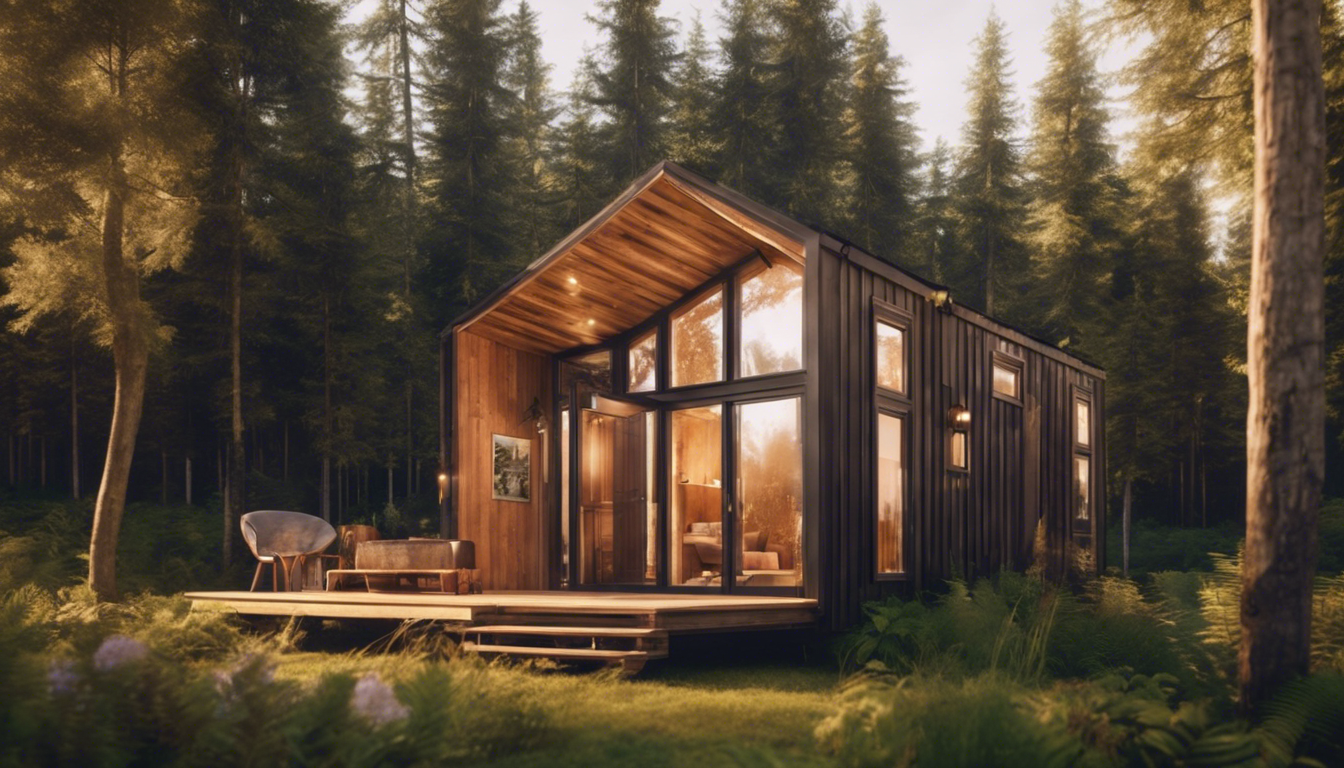Tiny homes are simple and smaller living spaces.
They have grown in popularity recently.
Many people are interested in downsizing and saving money.
Tiny homes offer this opportunity.
Understanding the cost of tiny homes is crucial for anyone considering this lifestyle.
This article will explain the costs involved in building or buying a tiny home.
It will cover key factors that affect the price, compare it to traditional housing, provide budgeting tips, and explore financing options.
The Most Popular Modular/Tiny Home On Amazon
5. Financing Options for Your Tiny Home Journey
Financing your tiny home involves various options.
Many banks and credit unions offer personal loans specifically for tiny home purchases.
You can also consider a specialized tiny home loan from a lender that understands the unique aspects of tiny homes.
Another option is to use a home equity loan if you own property.
Some buyers finance their tiny homes with savings or gifts from family.
It’s essential to compare interest rates and terms from different lenders to find the best fit for your budget.
Understanding tiny home costs helps in making informed financial decisions.
Frequently Asked Questions
What are the main factors that influence tiny home costs?
The main factors influencing tiny home costs include size, materials, location, custom features, and labor costs.
High-quality materials and custom designs can significantly increase the overall price.
How do tiny home costs compare to traditional housing costs?
Tiny homes typically cost significantly less than traditional houses, with prices averaging around $30,000 to $60,000, compared to the national median home price, which is often above $300,000.
However, costs can vary widely based on factors like location and customization.
Can I finance my tiny home?
Yes, you can finance your tiny home through various options, including personal loans, RV loans (if your tiny home is on wheels), or specialized tiny home mortgages offered by some lenders.
What budgeting tips are available for building or buying a tiny home?
Budgeting for a tiny home involves researching costs, setting a clear budget, prioritizing essential features, and considering hidden costs like utilities and land.
It’s also advisable to have a contingency fund for unexpected expenses.
Are there any hidden costs associated with owning a tiny home?
Yes, hidden costs can include land purchase or rental fees, utility hookups, maintenance, insurance, zoning permits, and long-term travel expenses if you plan to move your tiny home.



Leave a Reply